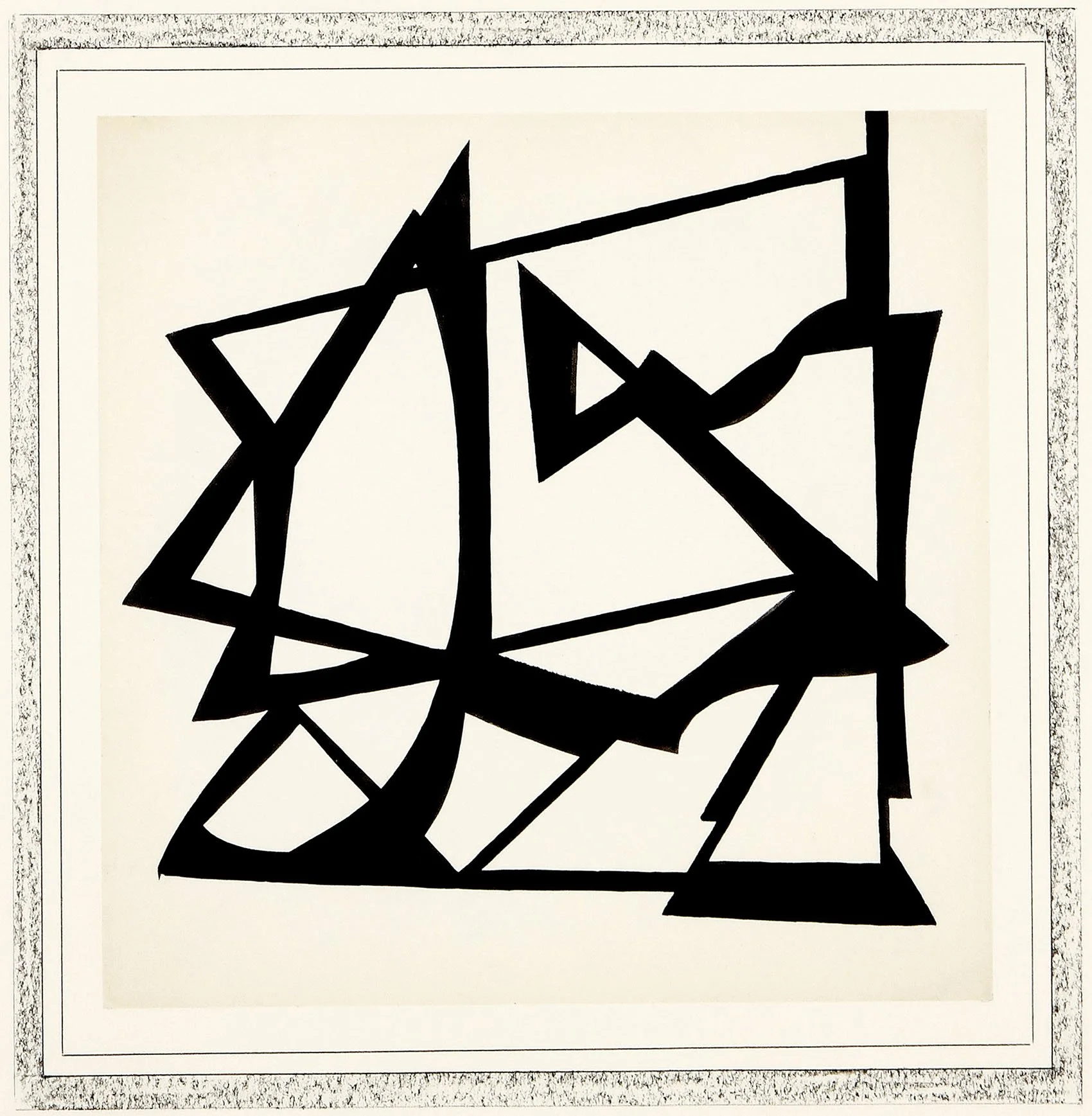ARTHUR N. CHRISTIE (1891-1980)
Available Work | Biography
Biography • Arthur N. Christie (1891-1980)
Arthur N. Christie was born in Jersey City, New Jersey, and studied at Pratt Institute, the American Artists' School, with Stefan Hirsch, and later with Hans Hoffman in New York and Provincetown, Massachusetts. Christie began doing abstract painting about 1931. He was a member of the Abstract American Artists and exhibited with that group from 1937 to 1941. During the late 1920s and 1930s Christie worked as a designer of bank notes and currency. Among his accomplishments were designs for the national currency of Panama, the Dominican Republic, Guatemala, and Turkey. He later worked for the New York office of civil defense during the Second World War. Christie's paintings and drawings indicate his thorough acquaintance with Hans Hoffman's theories of space and balance within the picture plane. His paintings draw from the natural world for their motifs, but the highly abstracted, rhythmic line with which they are executed indicates Christie's thorough conversation to modernist aesthetics and reflects ideas expressed in one of his few extant statements: "In presenting a work in the abstract we are manipulating hard edge form. The evolving idea is couched in the landscape of form, and is transmitted by a plastic motility. Inherent in a calligraphy of form and, or line, the subliminal is indicated."
In his later work, Christie explored Abstract Expressionism. In several highly detailed sketches for sculpture, he explored the juxtaposition of open and solid form using wire and wood. Christie did a large number of sketches from life and was fascinated with the human form in motion. He thought of himself as an artistic researcher and for a series of drawings designed a situation to test the validity of artistic transcription. He invited a dancer to improvise before two artists who made abstract sketches of the dancer's movements. A second dancer was then asked to use the drawings as a basis for duplicating the improvisation. The artist could then assess the effectiveness with which they had captured the postures, movements, and rhythmic changes of their subject. A resident of New York in midcareer, Christie subsequently moved to Philadelphia where his paintings were featured in group exhibitions.

